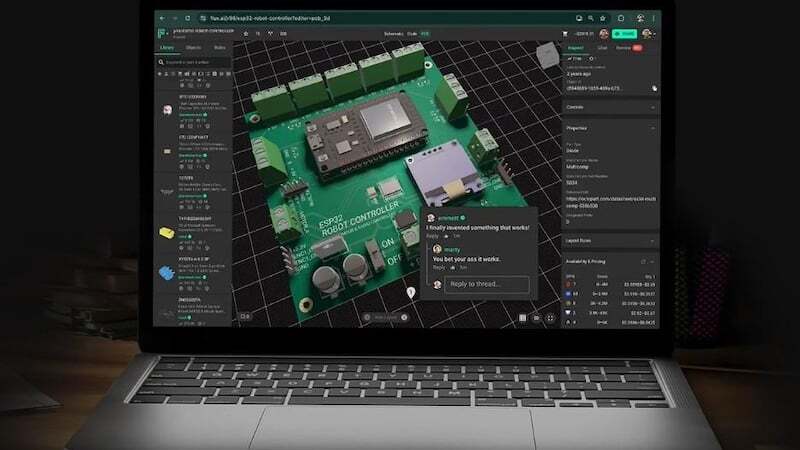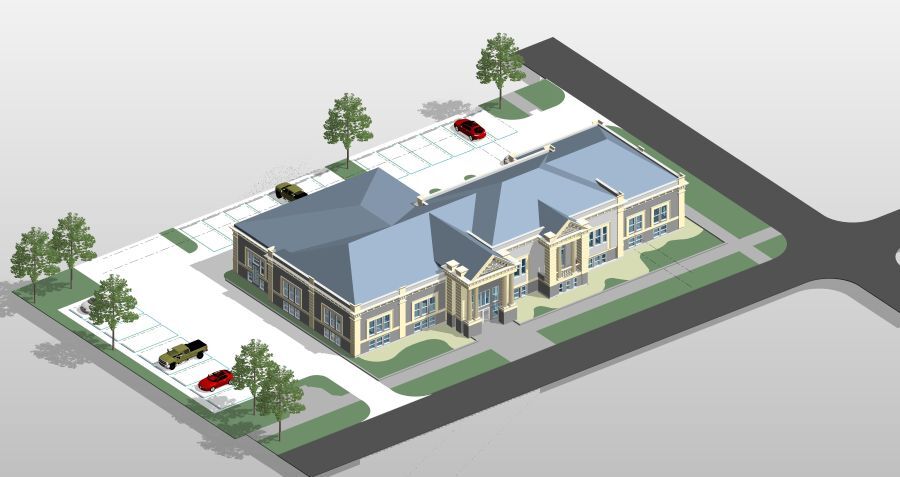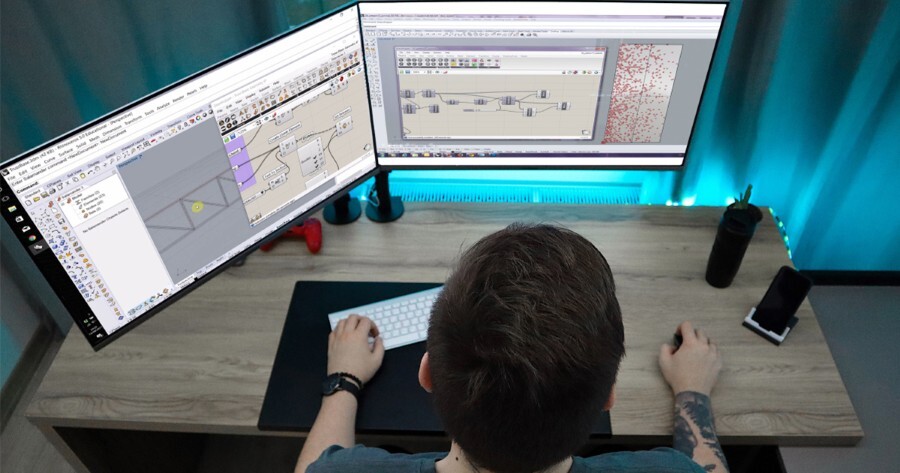
Collaboration in architectural projects often involves managing complex designs, multiple team inputs, and evolving computational models. Architects working on large-scale projects require tools that allow smooth coordination without losing track of changes or versions. In India, the average base salary for an architect is around ₹3,76,352, reflecting the technical expertise needed to handle such workflows effectively. Utilizing advanced platforms can help integrate design processes efficiently and maintain accuracy across teams, ensuring all contributors are aligned.
Efficient project coordination also relies on the ability to visualize and iterate design ideas quickly. Using a reliable Flux AI model, architects can make data-driven decisions, reduce errors, and maintain consistency throughout the project. This approach helps streamline communication, improve project outcomes, and support structured collaboration in computational design environments.
What is Flux.ai?
Flux.ai is a cloud-based platform created to support architects and design teams in handling complex computational projects. It offers a structured environment where multiple aspects of a project can be coordinated efficiently. By providing a centralized workspace, Flux.ai allows teams to maintain organization, track progress, and manage large datasets while keeping design processes transparent and accessible.
Key aspects of Flux.ai include:
- Organizing multiple project components in one platform
- Facilitating smooth computational design workflows
- Enabling real-time collaboration across locations
- Integrating project data for consistency
- Allowing controlled access for team members
- Supporting structured iteration without data loss
The platform also enhances visualization and evaluation of architectural concepts. Using flux ai images, teams can review complex designs clearly and make informed decisions. By combining computational accuracy with collaborative tools, Flux.ai ensures that project data, design intent, and model integrity are preserved, supporting efficient teamwork from early planning through to final presentations.
Features of Flux.ai Helpful for Architects

Flux.ai offers a range of capabilities designed for architectural projects. The platform provides teams with comprehensive tools to support complex workflows, enhance collaboration, and manage computational processes efficiently, helping ensure clarity, organization, and smooth coordination throughout all project stages.
1. Data Sharing
Flux.ai allows secure, real-time sharing of project files and models, ensuring all team members have access to the latest versions. Centralized data supports coordinated decision-making, reduces miscommunication, and streamlines progress across multiple design and computational workflows.
2. Version Control
Flux.ai records a detailed history of all changes, allowing teams to track updates, compare iterations, and revert to earlier versions when needed. This ensures accountability, reduces mistakes in parametric adjustments, and preserves overall design integrity across complex workflows.
3. Parametric Model Management
The platform organizes parametric models systematically, keeping design element relationships intact. Architects can modify parameters consistently, monitor dependencies, and coordinate complex designs efficiently, minimizing errors and maintaining both computational accuracy and uniformity across multiple iterations.
4. Collaboration Analytics
Collaboration analytics in Flux.ai track team activity, progress, and workflow patterns to improve coordination and resource allocation. By leveraging the advantages of using flux.ai, architects can maintain consistency across computational models, monitor updates efficiently, and support timely project milestones.
Flux.ai Workflow Examples

Architects and design teams often explore how to use flux ai to streamline their project workflows. The following step-by-step example illustrates the process of applying Flux.ai in practice, showing how teams can approach design tasks methodically and collaboratively.
Step 1: Define Project Scope
The team begins by outlining the facade panel system requirements, including dimensions, materials, and design constraints. Each member uploads initial sketches or reference images to Flux.ai, ensuring that all collaborators have access to the same project context. This step sets the foundation for consistent design and accurate computational modeling.
Step 2: Develop Parametric Model
Using Flux.ai, architects create the parametric model of the panels. Parameters such as panel size, spacing, and orientation are defined, allowing the system to automatically maintain relationships between elements.
Step 3: Collaborate and Share Iterations
Team members review the model in Flux.ai, provide feedback, and share updated versions. The platform’s collaboration tools allow real-time comments and tracking of changes, enabling seamless iteration without version conflicts. This step ensures that all design decisions are communicated clearly and recorded systematically.
Step 4: Visualize and Refine
The facade panels are rendered in Flux.ai to check aesthetics, shadows, and materials. Parameter adjustments are made to refine the design, ensuring both visual appeal and functional accuracy.
Step 5: Final Review and Documentation
Once the design is finalized, Flux.ai organizes the computational model, documentation, and rendered visuals for presentation or construction use. The team verifies accuracy, checks all dependencies, and ensures design integrity before final delivery.
Benefits of Using Flux.ai

Here are the benefits of using Flux.ai:
- Enhanced Team Coordination: Facilitates organized collaboration across all project stages.
- Error Reduction: Ensures accuracy and consistency of design data throughout iterations.
- Faster Iterations: Allows systematic evaluation and refinement of design options.
- Improved Communication: Provides centralized access for transparent exchange of project information.
Better Visualization: Using flux generative ai, teams can review computational models effectively.
Conclusion
Flux.ai provides architects with a structured environment to manage complex computational projects efficiently. By enabling organized workflows, real-time collaboration, and accurate handling of parametric models, the platform ensures that design teams can coordinate effectively while maintaining clarity and consistency across all project stages.
For those looking to expand their skills, the Master Computational Design Course offered by Novatr offers practical guidance on using tools like Flux.ai. Visit our resource page to explore tutorials, examples, and insights that can help integrate computational workflows seamlessly into architectural practice, enhancing both project quality and team efficiency.
Frequently Asked Questions
1. How does Flux.ai integrate with Grasshopper and Rhino?
Flux.ai connects directly with Grasshopper and Rhino, enabling seamless import, export, and synchronization of parametric models.
2. Do architects need prior coding knowledge to use Flux.ai effectively?
No, architects can use Flux.ai with visual scripting and parametric tools without prior coding experience.
3. Can Flux.ai be used for real-time collaboration in computational design projects?
Yes, Flux.ai supports real-time collaboration, allowing multiple team members to work simultaneously on models.
4. What types of projects benefit most from using Flux.ai?
Complex architectural and parametric design projects with multiple iterations and collaborative workflows benefit most.
Was this content helpful to you



.jpg)



